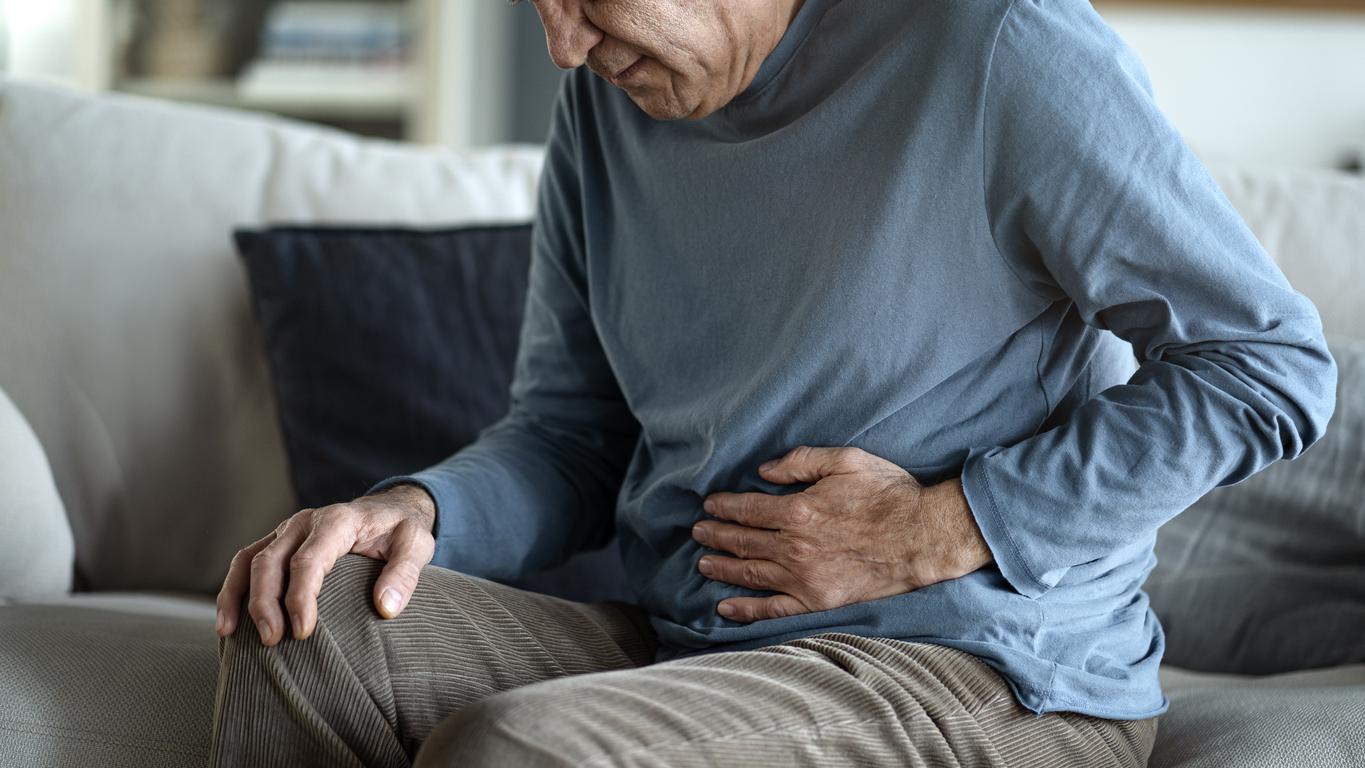Cancers, kidney disease, bone diseases… cadmium pollutes the soil too much, contaminating our food and thus increasing our risks of developing a number of pathologies, warns the ASEF (Association Santé Environnement France).

- Cadmium is a metal omnipresent in the environment which is known to be carcinogenic, mutagenic and toxic for reproduction.
- It contaminates our food because of the fertilizers used which contain too much. The foods most affected are vegetables, cereals and potatoes.
- “Among the people most exposed, [on retrouve] children in particular because of breakfast cereals,” warns ASEF.
Although we have heard a lot about glyphosate lately, particularly because of the renewal of its authorization in the EU for 10 years by the European Commission, the insecticide is unfortunately not the only substance presenting risks to our health. . And for good reason, each year, several tonnes of fertilizer are also spread on French agricultural soils. “Fertilizers imported into France come from a region of the world where the presence of cadmium is too high for health objectives.warns ASEF in a press release published on November 9, 2023. Soils accumulate cadmium which can only escape through plants.”
Cadmium: what are the risks associated with its exposure?
Cadmium is a metal omnipresent in the environment which is known to be carcinogenic, mutagenic and toxic for reproduction. “Cadmium causes kidney damage and bone fragility in humans during prolonged exposure, particularly orally through food and drinking water.”, specifies ANSES (National Agency for Food, Environmental and Occupational Health Safety). ASEF adds that prolonged oral exposure induces an increased risk of cancer for several organs including the lungs, prostate, kidneys and pancreas. “Indeed, cadmium acts on mitochondria, induces oxidative stress, leading to damage to proteins, lipids and DNA. Cadmium decreases the activity of DNA repair enzymes, influencing cell cycle proliferation and stimulating carcinogenesis.”
Cereals, pastries… Why is cadmium found in food?
The main sources of population exposure to this substance are active and/or passive tobacco, and food. If we find so much of it in our foods, it is because of the “spreading of phosphate mineral fertilizers by farmers”, explains ASEF. This causes cadmium to penetrate plants through their roots, thereby entering the food chain.
The foods most affected by the presence of cadmium are vegetables, potatoes and cereals. “Among the people most exposed, [on retrouve] children especially because of breakfast cereals”, the association is alarmed. Thus, 18% of children “already exceed the critical urinary cadmium concentration defined by ANSES [0,1 microgramme de cadmium par gramme de créatinine dans les urines avant 11 ans, NDLR], especially among those who eat cereals for breakfast”. In a statement published in July 2022, the High Authority of Health also specified that “the foods that contribute the most to cadmium intake in young children are cereals and snacks (probably due to their rice and/or apple content). of potatoes) and potatoes”.
Among French adults, various studies carried out in 2006-2007 and 2014-2016 show that average cadmium impregnation increased by 75%. This over-impregnation “affects 47% of adults”, indicates ASEF.
Reduce cadmium levels in fertilizers
To reduce the accumulation of cadmium in soils and its transfer into the food chain, it is necessary to obtain “a cadmium content less than or equal to 20 mg/kg in mineral phosphate fertilizers”, explains the association. However, the orders and decrees currently under discussion (and submitted to the public consultation until November 30), propose a value of 60 milligrams per kilogram of fertilizer. “This value of 60mg/kg was already adopted in Europe in 2019 but France, despite SPF alerts, until now still authorized 90mg/kg”, specifies ASEF, which adds that several European countries such as Finland and Slovakia have already adopted the threshold of 20mg/kg in their territories.
But concretely, how can we reduce cadmium concentrations? There are several solutions. The first is to buy fertilizers in countries where the deposits are less contaminated. If this is not possible, in particular because of the geopolitical context with Russia, a country which has the poorest deposits of cadmium, it is possible to decontaminate production locally, but this can significantly increase prices. “Aid to farmers so that they do not have to bear this possible additional cost would make it possible to limit this health risk”, estimates ASEF.
The last solution would be to reduce the use of fertilizers, but this requires a lot of parameters to take into account for farmers who do not necessarily have the means to cope.
In the meantime, it is possible on our scale to reduce our consumption of cadmium, by favoring products from organic farming, which do not use these chemical fertilizers and therefore contain “on average less than 48% cadmium according to the Baranski study (2014)”.

















